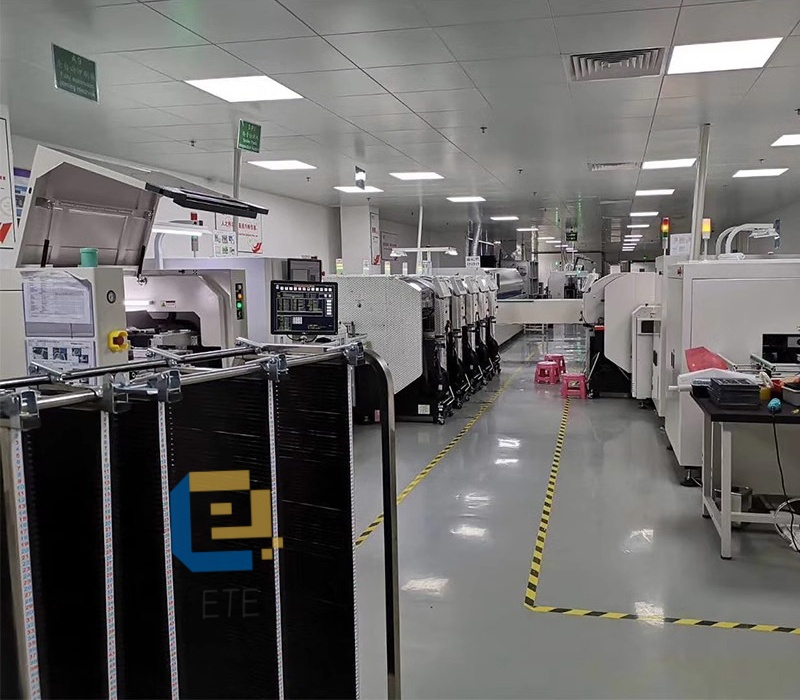Pick-and-place machine feeders play a crucial role in the SMT (Surface Mount Technology) production process, and understanding their electrical and electronic principles is essential for effective operation and troubleshooting. The interaction between electrical components and their operational principles can help quickly resolve issues that may arise. Today, we will explore the fundamental Electrical and Electronic Knowledge in SMT feeders.
The Concept of “Electrical”
The term “electrical” primarily refers to two methods of energy transmission and usage:
- Direct Electrical Connection: This involves all electrical devices within specific voltage levels connected directly through wires, circuit breakers, or isolators.
- Magnetic Field Energy Exchange: In some cases, energy is transferred without direct electrical contact, such as through the magnetic fields in transformers or between motor stators.
Electrical vs. Electrical Engineering
Understanding the distinction between electrical and electrical engineering is crucial. While many professionals have experience in the electrical field, few delve deeply into its definitions and implications. Electrical engineering encompasses various aspects, including microelectronics, photonics, and microcomputer applications. However, it is essential to note that electrical devices are tangible objects, while “electrical” refers to a broader, intangible classification concept.
Classification by Operating Principle
Electrical devices can be categorized based on their operating principles:
- Electromagnetic Devices: These operate based on electromagnetic induction principles, including contactors and various types of electromagnetic relays.
- Non-Electric Quantity Control Devices: These devices are activated by external forces or changes in non-electrical physical quantities, such as knife switches, limit switches, buttons, speed relays, and temperature relays.
Classification by Action Principle
Devices can also be classified based on their action principles:
- Manual Devices: These are operated manually or mechanically, such as manual switches, control buttons, and limit switches.
- Automatic Devices: These operate automatically using electromagnetic force or changes in physical quantities, including contactors, various relays, and solenoid valves.
The Role of Electrical Knowledge
Electrical knowledge is the science of creating, maintaining, and improving defined spaces and environments using electrical energy, equipment, and technology. It encompasses three main areas: energy conversion, utilization, and research, including fundamental theories, applied technology, and equipment. Examples include grounding resistance testers, low-voltage megohmmeters, and comprehensive testing devices for low-voltage electrical equipment.
Conclusion
Pick-and-place machine feeders rely on electrical energy for their operation, which is fundamental to driving mechanical functions. Understanding the electrical and electronic principles governing these feeders is essential for safeguarding production capacity and ensuring efficient operation. Proper management and maintenance of electrical components are vital for optimizing the performance and longevity of pick-and-place machines.
At YEETAI, we produce all kinds of feeder to upgrade SMT machines.



